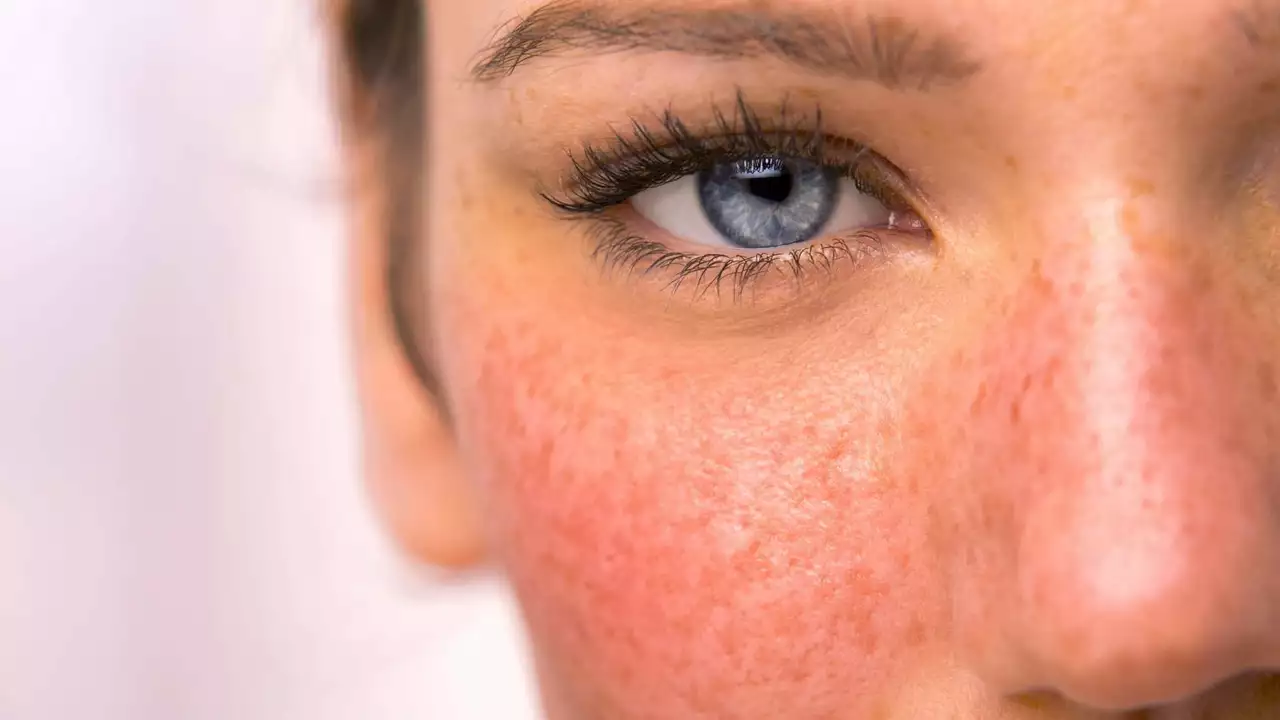Skin Infections: What They Look Like and How to Treat Them
If you’ve ever noticed a red, swollen patch on your arm or a painful bump that won’t go away, chances are you’re dealing with a skin infection. These problems are common, but they can feel scary if you don’t know what’s happening. The good news is most skin infections are easy to recognize and treat when you act fast.
Skin infections come in many flavors. Bacterial culprits like cellulitis cause a warm, tender area that spreads quickly. Impetigo shows up as honey‑colored crusts, especially on kids. Fungal offenders such as athlete’s foot give itchy, scaly patches between toes. And a simple boil is a painful lump filled with pus that can burst on its own.
Spotting the Signs – When to Worry
The first step is noticing the warning signs. Look for redness, heat, swelling, and pain that get worse instead of better after a couple of days. A fever or chills means your body is fighting something deeper, so you should call a doctor right away.
Some infections stay local – like a small impetigo sore – while others can spread under the skin, turning into cellulitis. If the border of the red area is blurry, if it’s growing fast, or if you feel shaky, those are red flags for a more serious infection that needs prescription antibiotics.
Don’t forget about “hidden” infections. A tiny cut on your foot can turn into an ulcer if you have diabetes, and fungal infections in the groin often spread without obvious pain. Regularly check places where skin rubs together – groin, underarms, between toes – especially after a sweaty workout.
Quick Ways to Relieve and Recover
For mild bacterial infections, over‑the‑counter ointments like bacitracin or mupirocin can keep germs at bay. Clean the area gently with soap and water, pat dry, then apply the cream. Cover it with a clean bandage if it’s likely to get dirty.
If you suspect a fungal infection, an antifungal spray or cream (clotrimazole, terbinafine) works best when you keep the skin dry and change socks daily. Remember, fungi love moisture – so after showering, towel the area thoroughly.
When it comes to boils, warm compresses are your friend. A 10‑minute warm cloth applied three times a day draws out pus and speeds healing. If a boil bursts, wash the spot with mild soap, apply an antiseptic, and keep it covered.
Prescription antibiotics are reserved for spreading infections or when you have risk factors like a weakened immune system. Pharmadoctor.co.uk has easy‑to‑read guides on common antibiotics, their side effects, and how to take them safely.
Beyond meds, good hygiene cuts the odds of getting infected again. Wash hands often, keep wounds covered until they heal, and avoid sharing personal items like towels or razors.
If you’re unsure whether an infection needs a doctor, ask yourself: Is the redness expanding? Are you running a fever? Does it hurt more than a day after cleaning? If any answer is yes, book a visit. Early treatment prevents complications and often means a shorter course of antibiotics.
In short, skin infections are usually straightforward – spot them early, clean the area, use the right topical or oral meds, and keep the skin dry. When in doubt, professional advice is just a call away, and Pharmadoctor.co.uk offers clear information on every step.
In my recent research, I've discovered that Minocycline packs quite a punch when it comes to treating skin infections. Not only is it a potent antibiotic effective in battling bacteria linked to acne, but it also reduces inflammation, which can contribute to skin discomfort. Its oral form can even treat more serious skin conditions, such as rosacea and perioral dermatitis. In addition, Minocycline has fewer side effects compared to other antibiotics. So, if you're in a battle with troublesome skin, Minocycline might just be the reinforcement you need.

